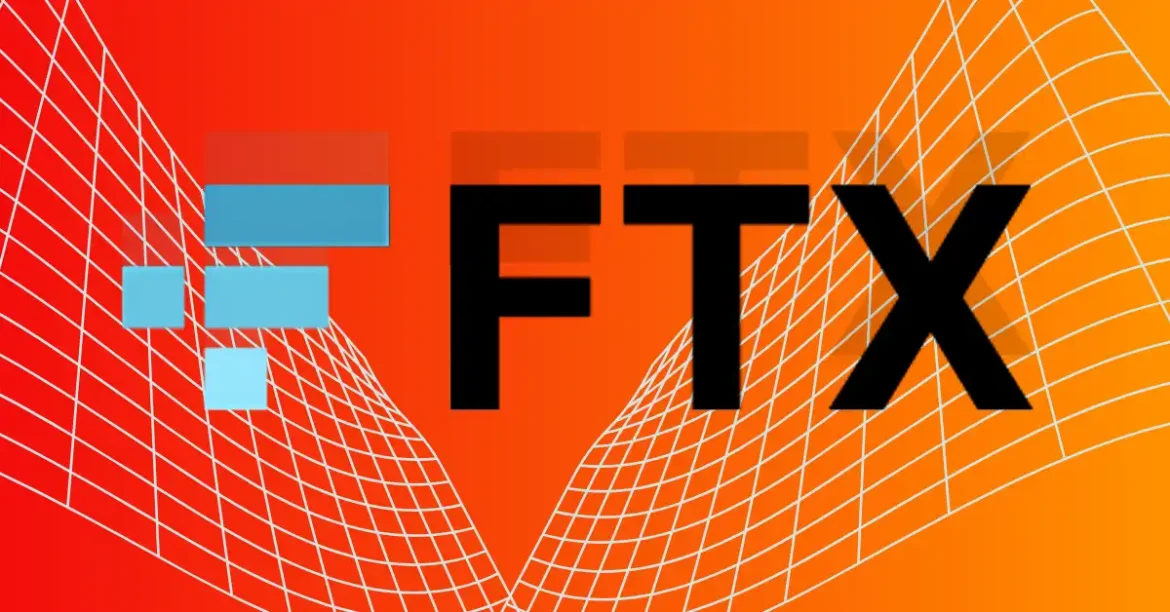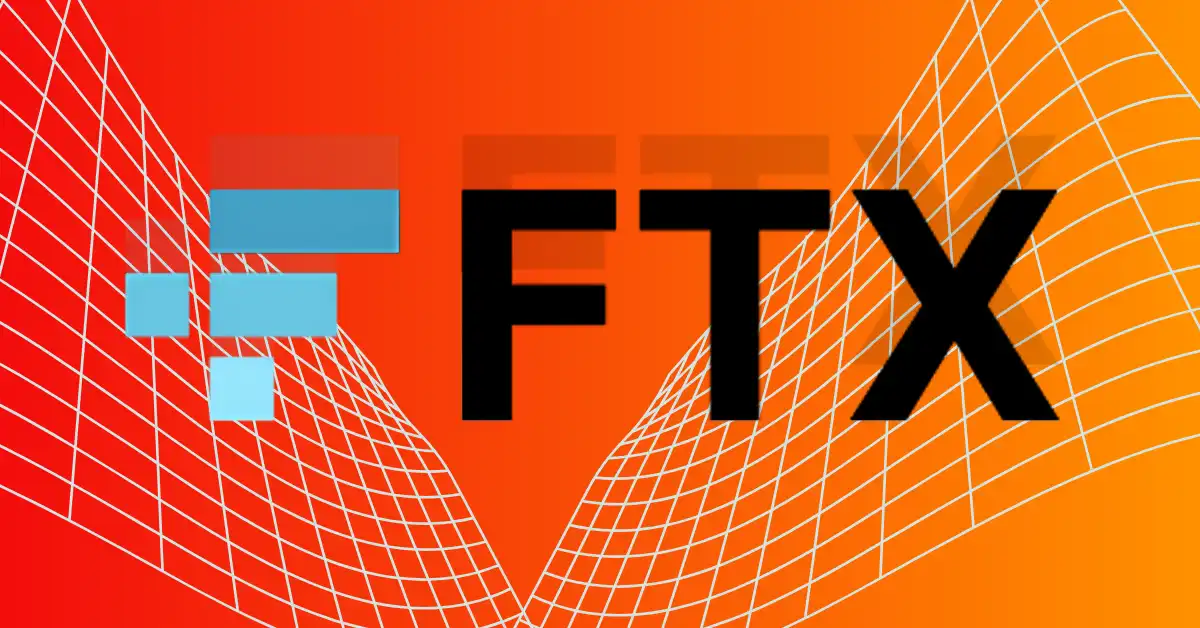The Unfolding FTX Repayment Crisis: Navigating KYC Bottlenecks, Disputed Claims, and Repayment Risks
—
The bankruptcy saga of FTX, once a leading cryptocurrency exchange, continues to roil the crypto landscape with a complex repayment process marred by Know Your Customer (KYC) compliance failures, disputed creditor claims, and logistical limitations in cross-border asset distribution. At the heart of the turmoil lie nearly 400,000 users facing potential disqualification from recovery repayments worth an estimated $2.5 billion due to missed or incomplete KYC verifications, amidst a broader pool of disputed claims exceeding $2.2 billion. These developments not only cast doubts over the fairness and transparency of FTX’s repayment framework but also emphasize structural weaknesses in how decentralized finance handles insolvency and creditor restitution.
—
The Core Issue: KYC Compliance and the $2.5 Billion Deadline
FTX’s bankruptcy and subsequent repayment plan hinge critically on rigorous KYC verification to authenticate claimants and prevent fraudulent claims. Users seeking reimbursement had until March 3, 2025, to fulfill these KYC requirements, a deadline later extended to June 1, 2025, due to widespread technical and procedural issues. Despite this extension, approximately 392,000 users failed to complete or even start the KYC process, risking the forfeiture of $2.5 billion in claims. This figure encompasses both claims below and above $50,000, indicating a broad swath of affected investors.
Failures in KYC verification are not merely administrative hurdles; they represent stringent regulatory safeguards to ensure legitimate repayments and prevent abuse of the bankruptcy process. However, reports of persistent technical difficulties, unclear communication, and delayed responses from FTX’s claims administration have frustrated numerous users. Some have resorted to online communities such as Reddit and Telegram to seek guidance and attempt reapplication. The stakes are high — disqualification of these claims could shrink the pool of eligible creditors, theoretically increasing per-claimant recoveries but simultaneously raising concerns about equity and due process.
—
Disputed Claims: The $2.2 Billion Conundrum
Parallel to the KYC bottleneck is an ongoing dispute over approximately $2.2 billion in claims that remain unresolved or challenged. These disputed claims represent nearly 30% of the total allowed claims, as noted by members of the FTX Customer Ad-Hoc Committee. The disputes range from questions about claim legitimacy, alleged fraudulent filings, and overlap with litigation pending in other courts.
The sheer volume and complexity of disputed claims hint at deeper governance and transparency flaws within FTX’s bankruptcy proceedings. They complicate repayment timelines and add uncertainty for creditors eagerly awaiting funds, undermining confidence in the overall recovery process. Resolving these disputes requires careful legal adjudication, forensic accounting, and an efficient administrative framework — all of which have faced scrutiny amidst this high-profile collapse.
—
Implications for Eligible Creditors and Market Sentiment
For verified creditors who successfully complete KYC and hold allowed claims, there is cautious optimism. FTX’s recovery plan anticipates that eligible creditors may recover more than 118% of their original claim value in cash. This optimistic projection derives in part from the disqualification of unverified claims, effectively shrinking the competition for repayment funds.
Nonetheless, the situation is fraught with tension. The liquidation of significant assets and the broader volatility within cryptocurrency markets have stressed recovery values. Additionally, the large number of denied claims and ongoing disputes fuel skepticism regarding FTX’s governance and transparency during bankruptcy resolution.
Many users remain vocal on social media platforms, questioning FTX’s motives and alleging obfuscation or delay tactics. These sentiments underscore the need for clearer communication, enhanced user support, and expedited dispute resolution to maintain trust in the process.
—
Structural Challenges in FTX’s Global Repayment Strategy
The FTX repayment difficulties highlight inherent challenges in handling the insolvency of a globally operated digital asset exchange. Cross-border distribution limitations, regulatory heterogeneity, and the inherently pseudonymous nature of cryptocurrencies complicate asset valuation, claimant verification, and fund distribution.
Moreover, stringent anti-money laundering (AML) and KYC requirements, while crucial for legal compliance, become operational bottlenecks in large-scale bankruptcies involving hundreds of thousands of creditors. FTX’s experience reveals the tension between regulatory compliance and the practicalities of mass repayments in a digital asset context.
This situation necessitates innovation in bankruptcy administration for crypto entities, possibly involving improved automated KYC procedures, enhanced user education, and more transparent dispute adjudication processes tailored to the cryptocurrency ecosystem.
—
Toward Resolution: Next Steps and Outlook
FTX has scheduled the next round of repayments for May 30, 2025, prioritizing large verified claims. The rejection of nearly 400,000 claims may ironically expedite repayments for verified creditors, yet the process remains contingent on resolving outstanding disputes and managing residual KYC backlog.
Users affected by claim denial are encouraged to seek guidance from official channels and the FTX Customer Ad-Hoc Committee, as some instructions for reapplication and appeals have been disseminated. Nonetheless, the window narrows as deadlines approach, emphasizing urgency for affected parties.
The ongoing scrutiny from courts, creditors, and the broader crypto market will likely pressure FTX to increase transparency, streamline governance, and bolster mechanisms to ensure fair restitution. The lessons from this complex bankruptcy will resonate across the industry, informing future protocols and regulatory frameworks.
—
Conclusion: The Unfinished Chapter in Crypto’s Darkest Hour
The FTX repayment crisis stands as a stark testament to the challenges that arise when decentralized finance collides with traditional legal frameworks and regulatory imperatives. The interplay of KYC compliance obstacles, disputed claims, and the sheer scale of creditor involvement presents a formidable test for bankruptcy administration in the digital age.
While the potential disqualification of $2.5 billion in claims casts a shadow of loss and frustration over hundreds of thousands of users, it also underscores the imperative of transparent, fair, and efficient recovery mechanisms. How FTX navigates this settlement labyrinth will shape not only the fate of its creditors but also the broader trust and legitimacy of cryptocurrency markets.
The road ahead demands careful balancing of regulatory compliance, creditor rights, and operational feasibility — a challenge that will define the evolution of insolvency practices in the rapidly transforming world of digital assets.





